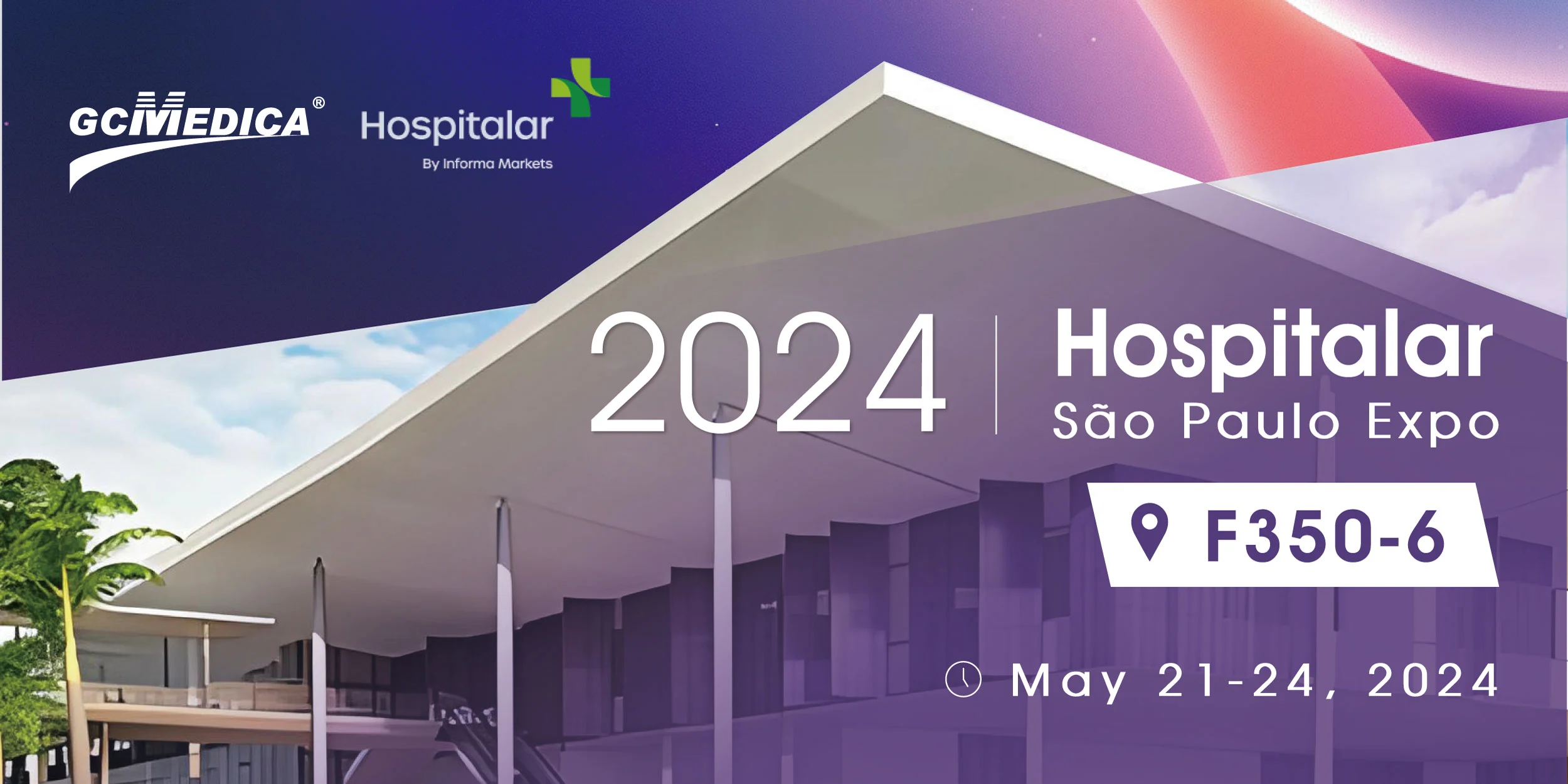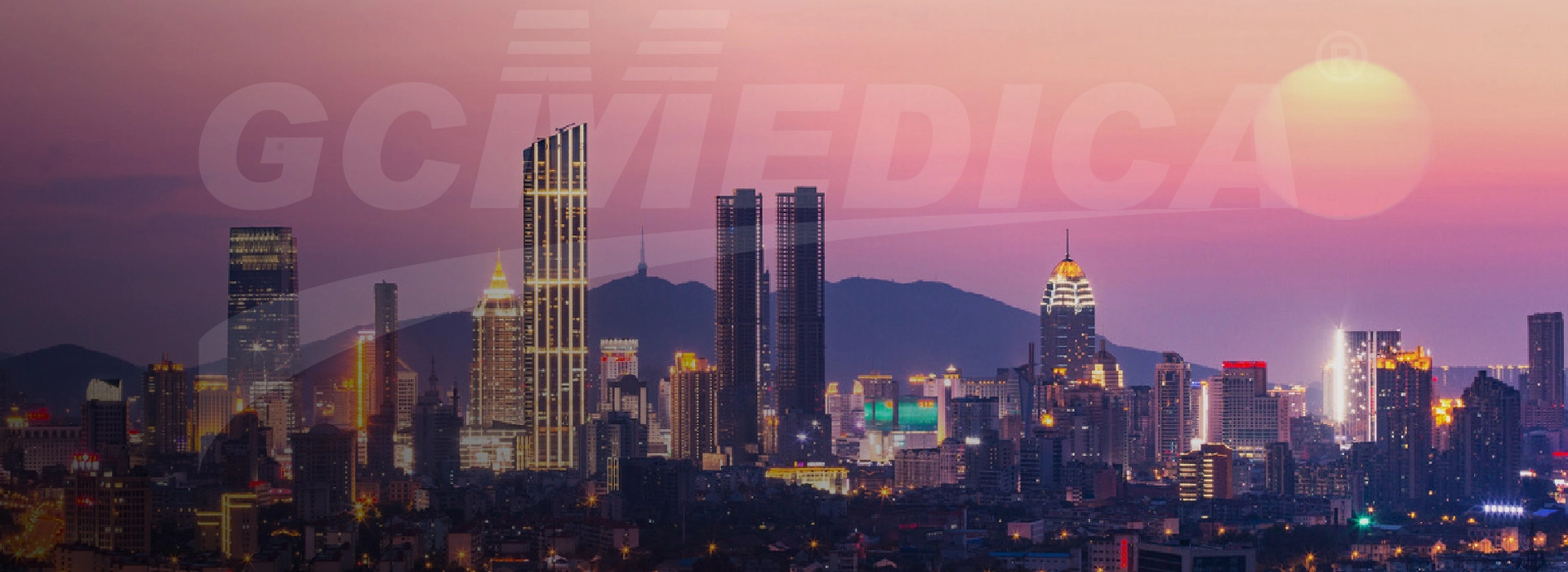- Endoskopiske produkter og tilbehør
-
Luftveje
- Oxygenkanule
- Capnografisk maske
- Iltmaske
- Ikke- rekreating maske
- Venturi maske
- Flerventmaske
- Nebulisatormaske
- Nebulisator med mundstyk
- Tracheostomi maske
- Engangsfuld Ezscop™Pro Broncho
- Envejsventil mundstykket
- Næseklip
- ABC mundstykke og filtersæt
- Åndedrætsøvere
- Lukket sugekateter
- Sugekateter
- Slem kontrol vakuumventil
- Slemmeprøvningsfælde
- Slemudvinding
- Slem udtrækning med beskyttende sked
- Engangsrør
- Anæstesi
-
Luftvejsstyring
- Orofaryngeal luftveje
- Nasopharyngeal luftveje
- Laryngeal Mask Luftveje
-
Tracheostomi
- Himmelsk justerbar Tracheostomy Tub
- Himmelsk trakestomy Tube med NeoSuctionName
- Himmelsk forstærket trakestomy Tub
- Serenity Tracheostomi
- Serenity Tracheostomi
- Serenity Tracheostomi Tube med neoSuction.
- Serenity Tracheostomi Tube Kit med neoSuction.
- Grasmere Fenestrateret tracheostomi
- Grasmere Fenestrateret tracheostomi
- Azure Ikke-justerbar Tracheostomi
- S-type Tracheostomi
- Pedi Tracheostomi
- Endotrakeal rør
- Endotrakeal Tube Introductor
- Intuberende stilComment
-
Sugekirurgi
- Flexi-klart Yankauer håndtag
-
Yankauer- håndtag
- SpeedFlow Yankauer
- Enkelt tip Yankauer
- Flange Tip Yankauer
- Tip Yankauer
- On/off Yankauer med almindeligt tipp
- On/off Yankauer med skydet tipp
- Løg Tip Yankauer
- Crown Tip Yankauer
- Fleksibelt pulje sugehåndtag
- CH30 Yankauer håndtag & CH35 Sug tilslutningsrør
- To-stykke Almindelige Tip Yankauer
- Tip Yankauer
- Sugehåndtag i Poole
- ENT sugrør
- Sugeskinde
- Ortopædisk / ortopædisk Yankauer
- Kirurgisk aspiratortipp
- Sugeforbindelsesrør
- Sugebeholder Soft Liner
- Stiv sugebeholdere
- Sugbeholder med filtersæt
- Genanvendelig ydre beholdere
- Vakuum sår afvandingssystem
- Hæmorroide Banding Ligator
- Forbindelse
- Vakuumkontrol Adaptor
- Kardiotorakisk kirurgi
- Laparaskopiske produkter og tilbehør
- Gynækologi
-
Urologi.
- CathVantage™Bærbar hydrofil intermitterende kateter
- Cysto/Bladder vandingssæt
- Nelatonkateter
- Urin afvandingspose
- Urinafvanding bentaske tasken
- Lavemsæt
- Sitz-badesæt
- Klik på Seal Specimen Container
- Silikonehankateter
- Spigot kateter og adaptor
- Trevejs stoppikkene
- Sandaltræ vandingsæt
- Freesia-vandingssæt
- Vandingssæt
-
Generel kirurgi
- Perfusionsatomsystem
- Gastrisk sumprør
- Hemostatisk pulver- applikator
- Magnetisk drap
- Kirurgisk håndmobilizer
- Administrationssæt for blod
- Tandvandvandingssæt
- Injektionssprøjte
- Løgvandingssprøjte
- Toomey-vandingssprøjte
- Tandvandingssprøjte
- Decanteringsenhed
- Blanding af kanyl
- Mucosal Atomization Enhed
- Bækkenlinjer/basin draper
- Kamerahåndtagsdæke
- Let håndtagsdæke
- Lægebørster
- Svampepind
- Suture retrieverName
- Nåltællere
- Engangskalibreringsrør
- Tryk Infusion
- Heparindæk
- Beskyttelsesdato
- 100ML- løgvandingssprøjte
- Scleralmarker
- Kirurgisk lysskaft
- Enteral ernæring
- Holdbart medicinsk udstyr
- Personligt beskyttelsesudstyr
- 19 produkter
- PVC-FREE medicinsk udstyr
- E.N.T-afdelingen
- Temperaturstyringsløsninger
- Operation
- Patienthåndtering
- Nødsituationer
-
-
 SPITAL 2024Apr 28 , 2024
SPITAL 2024Apr 28 , 2024 -
-
-
Gennemførelse af foranstaltningerApr 02 , 2024
Materialevalg, isolation Standard og testkrav for medicinsk isolation beklædningsgenstand
Medicinsk isolationskjoler og beskyttelsesbeklædning er fremstillet af polypropylen non-woven stof, som er SMS non-woven stof (S er spunbond lag, M er smelteblæst lag). På grund af mangel på medicinsk udstyr bruger nogle læger regnfrakker af polypropylen. Lav disse gule, hvide, blå og mørkeblå beskyttende jakkesæt, isolationskjoler, Og kirurgiske kjoler har tilsvarende standarder? Er de materielle krav de samme? Efter drøftelser om disse medicinske forsyninger er set fra polymermateriales perspektiv.
1. Materiale valg af medicinske isolationskjoler
For ethvert stykke medicinsk isolationskjoler, efter SMS spunbond stof og smeltblæst stof er sammensat, den skal ikke gøres til kjoler med det samme, men skal efterbehandles for at opfylde kravene i de tre antistoffer: vandresistens alkoholresistens og blod resistens. Behandlingsvæsken er generelt et fluorbaseret materiale.
Efter behandlingen er færdig, laves kjoler og desinficeres. Fælles medicinsk desinfektion måde omfatter høj temperatur damp sterilisering, ethylenoxid sterilisering og stråling sterilisering. Strålingsterilisering har den bedste effekt.
Derfor nævner nogle artikler brugen af elektronstråle til desinficering og sterilisering. Det, der skal bemærkes her, er, at strålingssterilisering er effektiv, hvilket eliminerer bakterier, men polypropylen er også elimineret. Det vil sige, ydeevnen af non-woven stof er også svækket efter stråling. Hvis epidemien ikke har fundet sted i flere år senere, blev den kirurgiske kjole sandsynligvis knust og nedbrudt.
2. Isolationsstandarder for medicinske isolationskjoler
Ud over forskellen i farve, barriere krav er absolut forskellige. Ifølge AAMI-definitionen,Medicinske isolationskjolerEr en type beskyttelsesbeklædning. I tilfælde af patientens isolation anvendes det til at beskytte medicinsk personale og patienter mod infektion af mikrober og kropsvæsker. Beskyttelsesbeklædning er hovedsageligt designet til at isolere hele eller dele af kroppen fra potentielle farer eller at isolere det ydre miljø fra infektion for bæreren.
3. Testkrav til medicinske isolationskjoler
Spraytest: Se, hvor meget vand der trænger igennem, når det ikke-vævede stof er sprøjtet med vand. I henhold til prøvens standardplaceringsmetode spray afioniseret vand på overfladen af stoffet og test vægten af deioniseret vand, der absorberes af filterpapiret under stoffet gennem stoffet stof.
Hydrostatisk trykprøve: observer hvor meget tryk det ikke-vævede stof er taget, vanddråber vil vises. Testen henviser til at anvende et tryk på 60 millimeter/min på et testareal på 100 kvadratcentimeter for at teste produktets evne. at blokere vand.
AAMI-standarden har ekstremt høje krav til ikke-vævede stoffer. De ikke-vævede stoffer, vi nævnte, består af to slags polypropylenfibre. Fibrene kan lække. Hvis vi sætter filmen ind, er problemet med gennemtrængning fuldstændig løst. Derfor, i de meget krævende AAMI niveau 4 medicinske isolationskjoler, Der skal anvendes en hydrofil og fugtpermeabel film med luftpermeabilitet.

